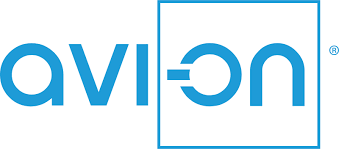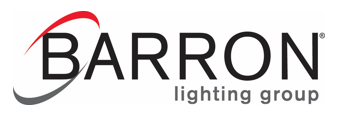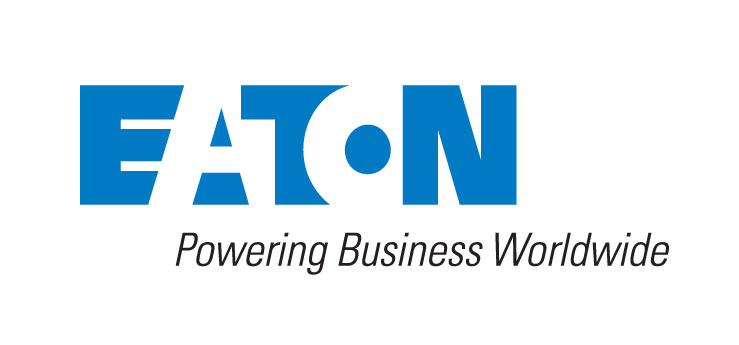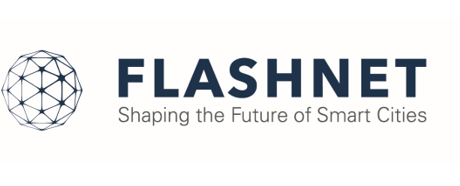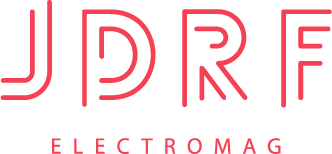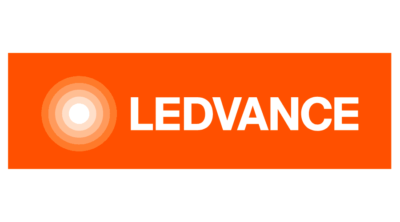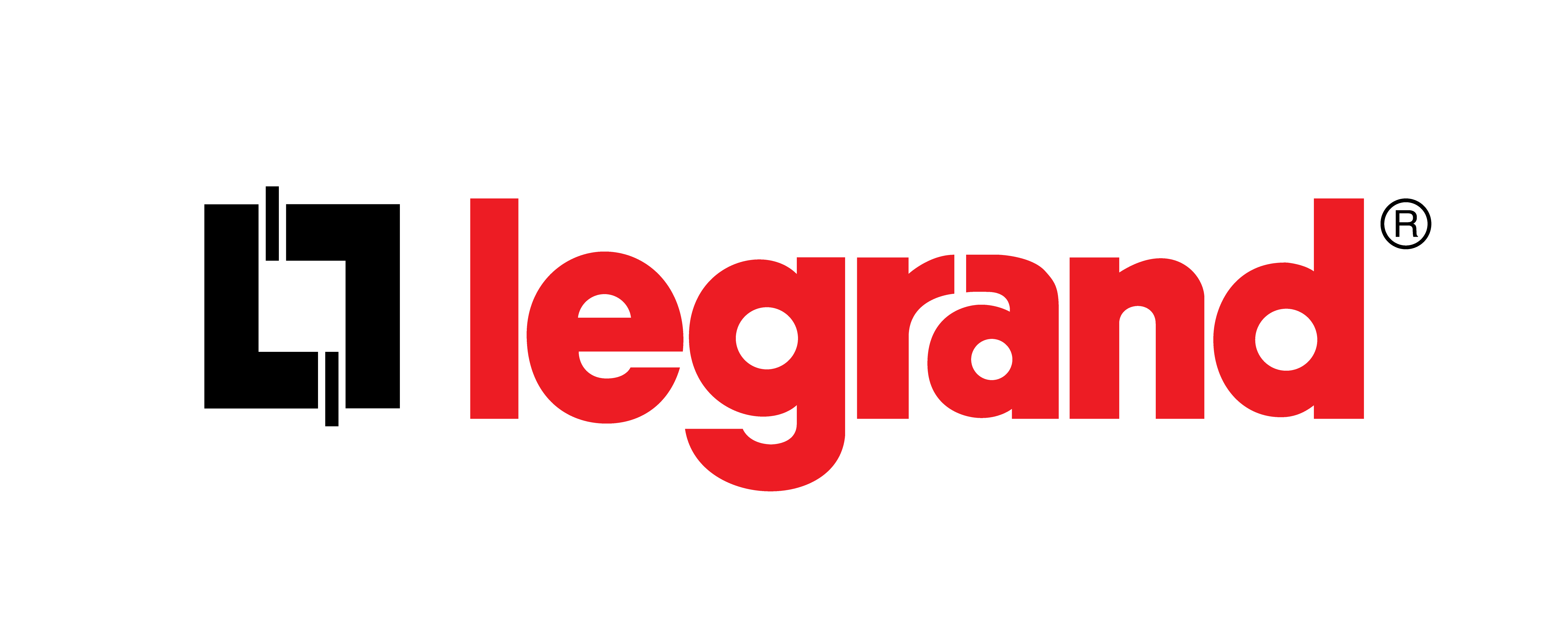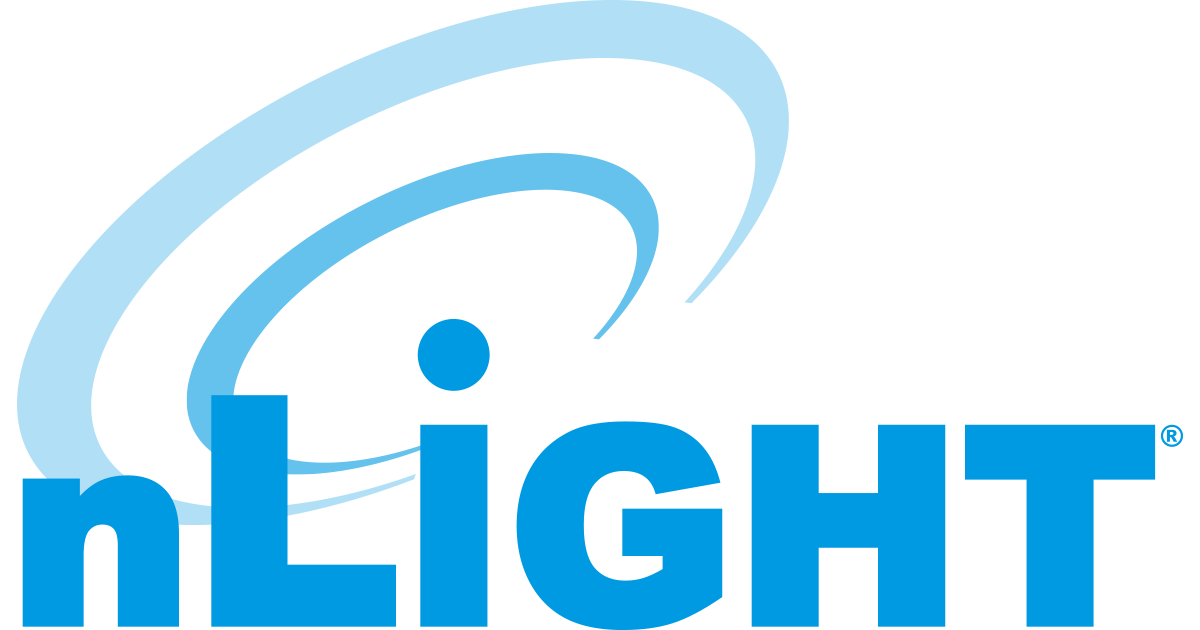By Craig DiLouie, LC, CLCP, Education Director, Lighting Controls Academy
As lighting control systems become more sophisticated to satisfy increasingly stringent energy codes and evolving project demands, clear documentation has become even more essential. To address this need, the Lighting Controls Academy has developed Design Express, a standardized, code-aligned approach to developing and communicating lighting control strategies throughout the project lifecycle.
Integrating the Control Intent Narrative (CIN) and Sequence of Operations (SOO) into a single, flexible, easy-to-use matrix, Design Express empowers project teams to design, document, and verify lighting control systems.
The Importance of CIN and SOO
Guided by the Illuminating Engineering Society’s LP-16, the CIN and SOO work together as industry best-practice documents to form the backbone of a successful lighting controls design.
The CIN articulates the overall design intent in clear, non-technical terms, describing project goals and the strategies needed to accomplish them. The SOO translates the CIN’s vision into actionable, measurable sequences that define how the system will specifically perform.
Together, the CIN and SOO provide expected system functionality to the entire project team. Without these documents, projects risk miscommunication, rework, code noncompliance, and dissatisfied users.
Introducing Design Express
Developed by LCA Education Manager C. Webster Marsh, an experienced lighting designer, Design Express offers a series of editable spreadsheet templates that organize lighting control requirements into a unified, standardized CIN/SOO matrix. Pre-populated with baseline parameters aligned to the 2024 International Energy Conservation Code (IECC), the tool helps designers meet Section C405 requirements for lighting controls while also providing flexibility to tailor content for specific projects.
Design Express is launching with 10 templates covering popular building typesa general template for exterior lighting. Additional templates covering other building types will be introduced in 2026. Based on user feedback, the LCA will update the templates so that they remain current and eminently useful.
Key Benefits
Design Express templates can be used as both a design aid and a record of due diligence, supporting coordination across disciplines and ensuring smoother design reviews, installations, and commissioning.
Code-aligned foundation: Pre-populated with IECC 2024 requirements for automatic shutoff, daylight response, manual control, and demand response readiness.
IES-guided best practice: Built around best practices from IES LP-16 and IES LP-6, ensuring clarity, consistency, and industry alignment.
Efficiency and accuracy: Template dropdowns, checkboxes, and editable fields facilitate complete and accurate documentation..
Workflow integration: Designed for use from schematic design through construction, keeping all stakeholders aligned.
Education and training: A valuable resource for onboarding new team members and teaching energy code compliance in context.
How It Works
Design Express combines Control Intent Narratives and Sequences of Operations in a single matrix format organized by space type and control category.
Project Parameters: Defines load types, communication methods, and whether controls are standalone or networked.
Occupant Sensors: Specifies control type, On/Off logic, timeout periods, and operational narratives.
Time-Switch Controls: Details schedules, overrides, and coordination with building operating hours.
Daylight Response: Identifies dimming type and light level setpoints for daylight-responsive lighting control zones.
Manual Controls: Lists user interfaces, scenes, and special control needs such as color tuning.
Additional Settings: Addresses advanced features like automated demand response, fade rates, and trims.
Integration: Notes system interfaces with building management systems, including HVAC, fire alarms, A/V, and shades.
Each spreadsheet cell can be customized, with placeholder text prompting users to fill in project-specific information. Unused items can be deleted for a streamlined final document. A Notes & References column captures additional details.

Snipped portion of the CIN/SOO template for office buildings, showing project parameters and occupant sensor control in two space types.
Best Practices for Implementation
To maximize the value of Design Express, the Lighting Controls Academy recommends:
Make it yours: Use the templates as a baseline starting point for your designs and when working with the project team by editing the details to fit your project.
Start early: Begin populating the matrix during schematic design and refine it as details emerge.
Coordinate across disciplines: Use the document as a shared tool for collaboration among the project team.
Maintain consistency: Match terminology to codes and specifications for clarity.
Keep it current: Update the matrix regularly through design and construction for accurate compliance tracking.
A CIN/SOO User Guide and Reference Manual complements the templates, providing guidance on interpreting and completing each section, with step-by-step instructions and embedded tips.
Meeting 2024 IECC Requirements
Design Express templates are based on compliance with the 2024 IECC as a foundation.
Automatic Shutoff (C405.2.1): Supports documentation of occupant sensor or time-based control strategies.
Daylight Responsive Controls (C405.2.4): Prompts for inclusion of photosensors and control logic.
Manual Controls (C405.2.2): Identifies spaces requiring manual controls.
Demand Response (C405.2.7): Documents system capability to respond to demand-response signals.
The templates also help track exemptions, ensuring designers accurately reflect compliance or justified exceptions.
A Practical Tool for Modern Workflows
Design Express was created to simplify a complex task: transforming what was once a time-consuming, inconsistent process into a repeatable, standardized method to facilitate adoption of best practice CIN/SOO documentation.
By leveraging pre-built templates, teams can focus on refining system performance. The intended result is better coordination, improved compliance, fewer errors and satisfied clients.
Click here to learn more about Design Express and download the free templates.
Disclaimer
Note that Design Express templates are provided for educational purposes and are not a substitute for professional design, engineering, or consulting services. Users use and adapt at their own risk. Consult the Authority Having Jurisdiction (AHJ) for final code interpretation. The Lighting Controls Academy, NEMA, and their affiliates assume no liability for errors, omissions, or misuse.


